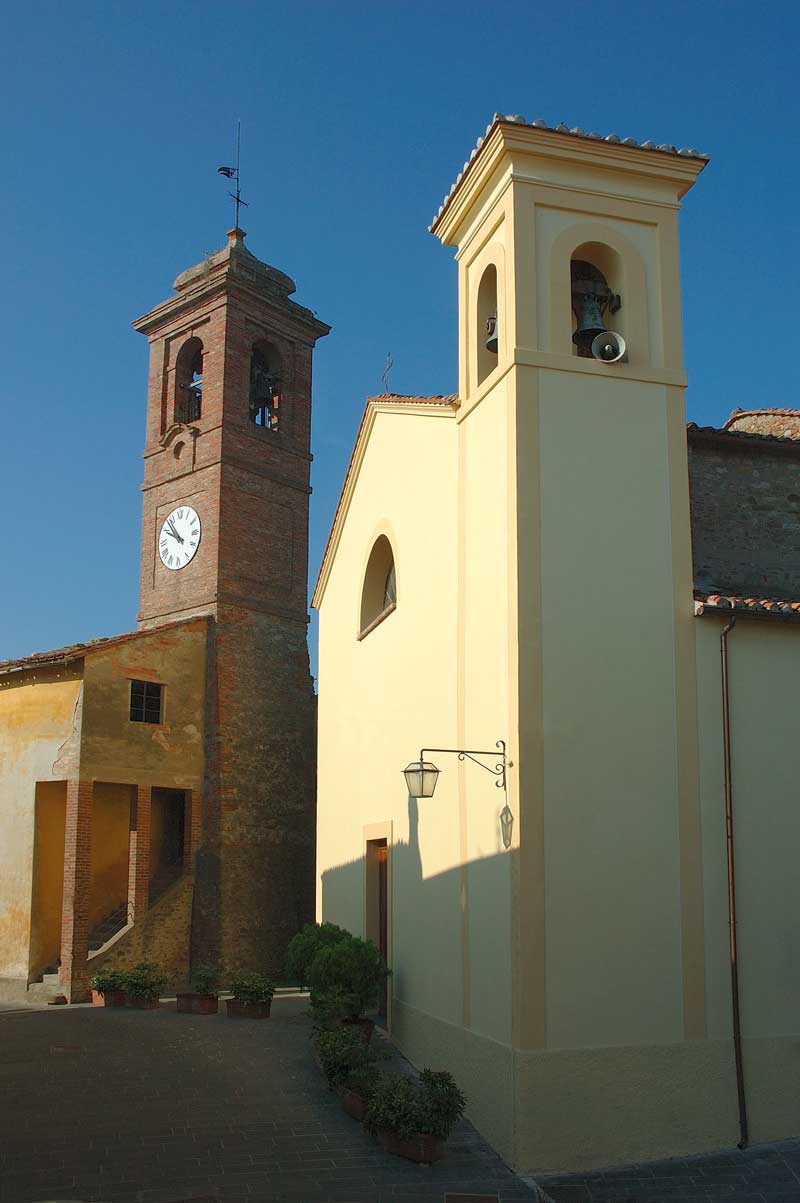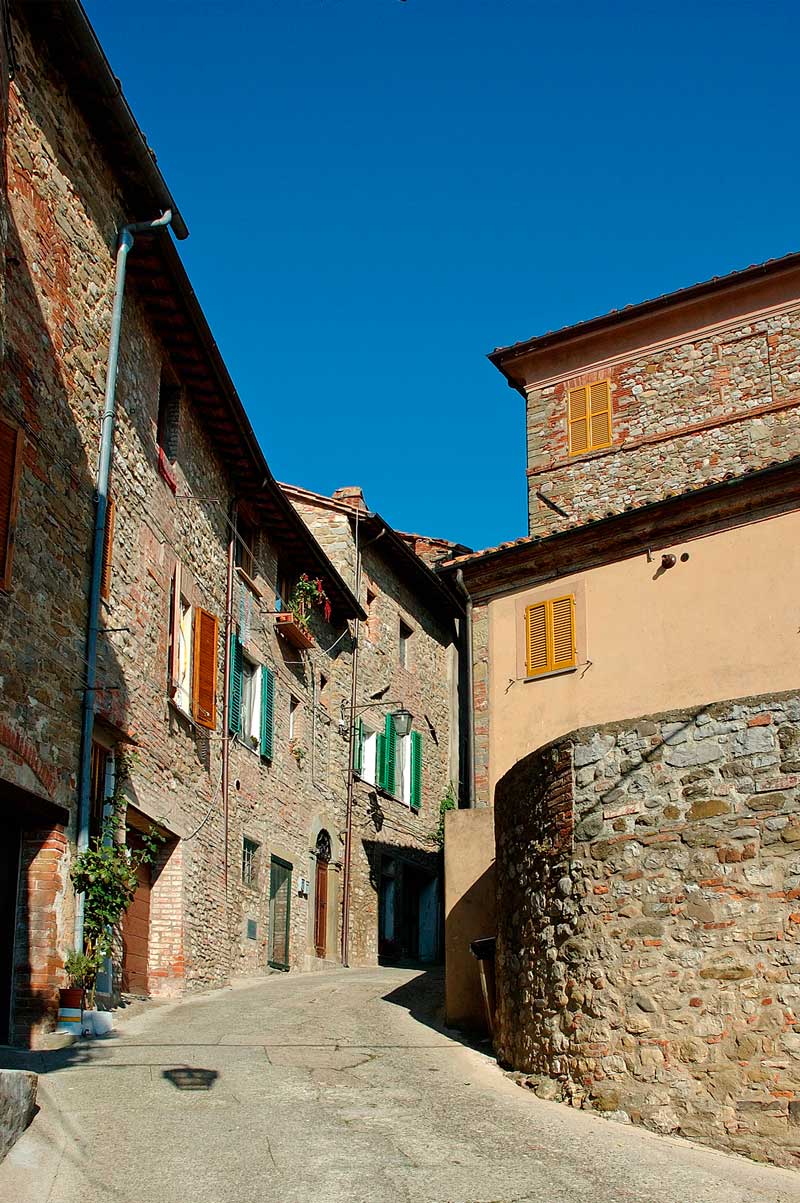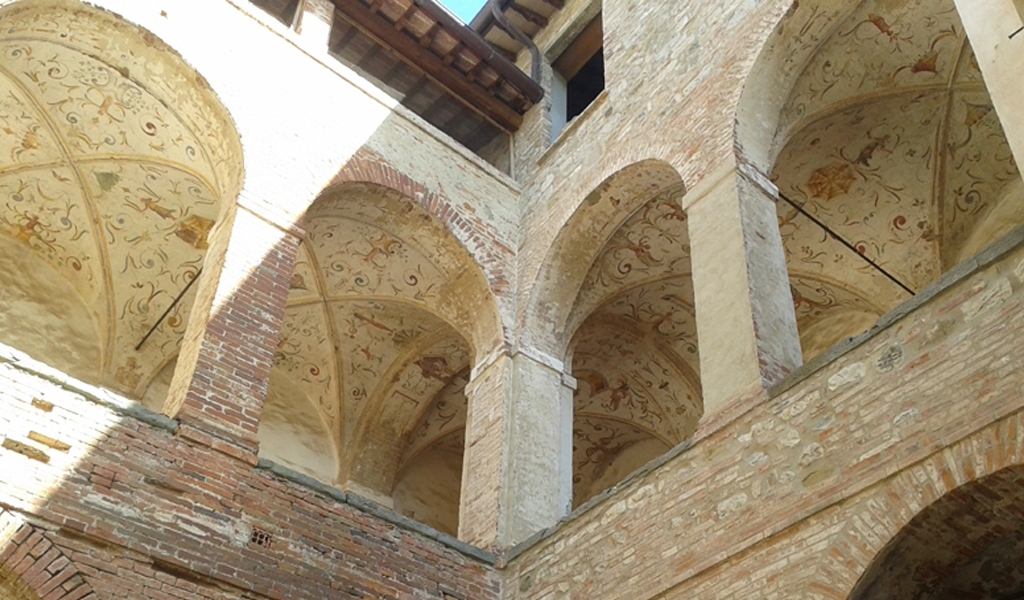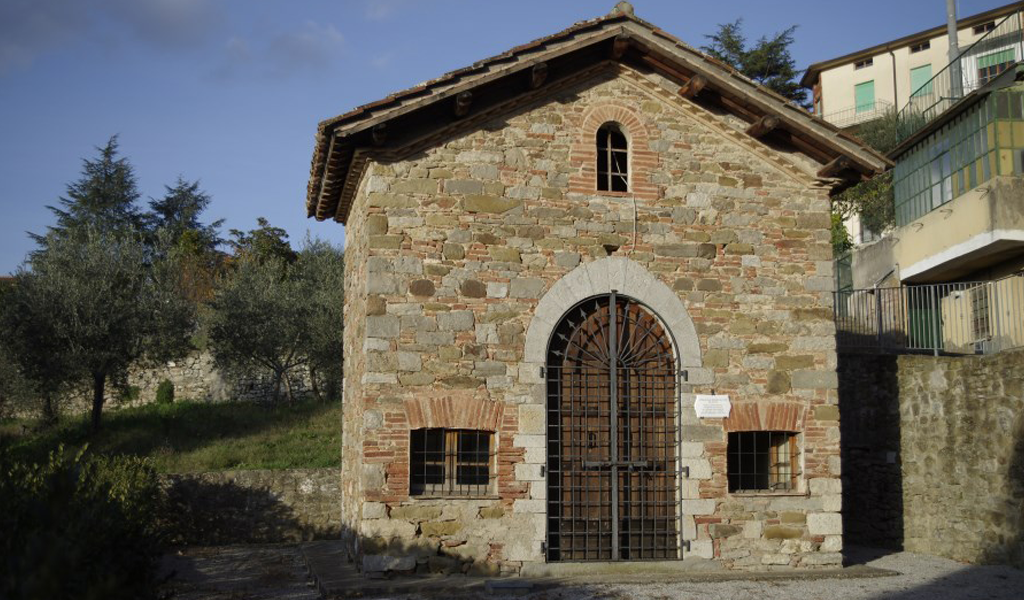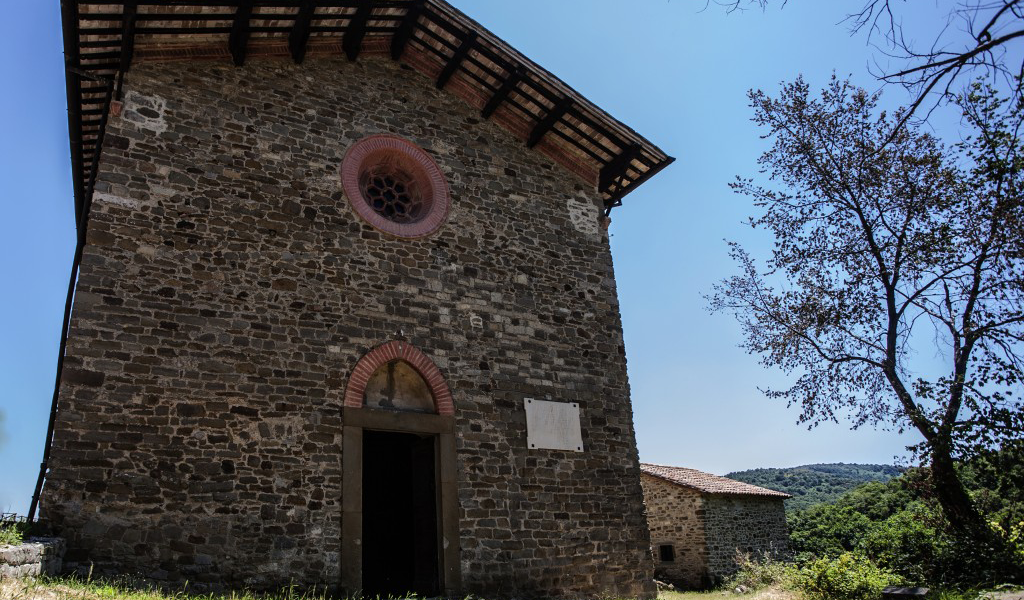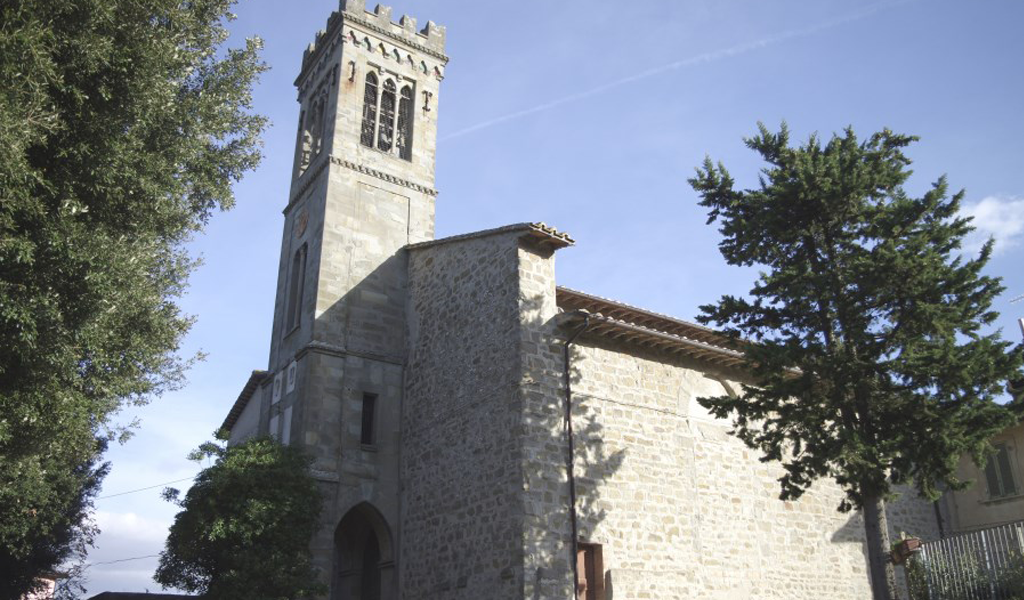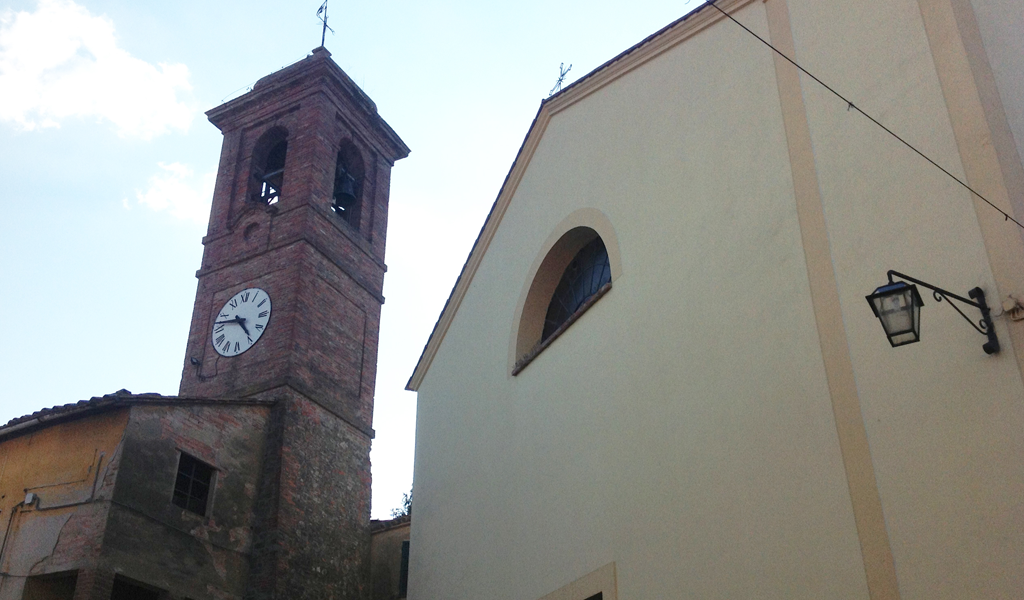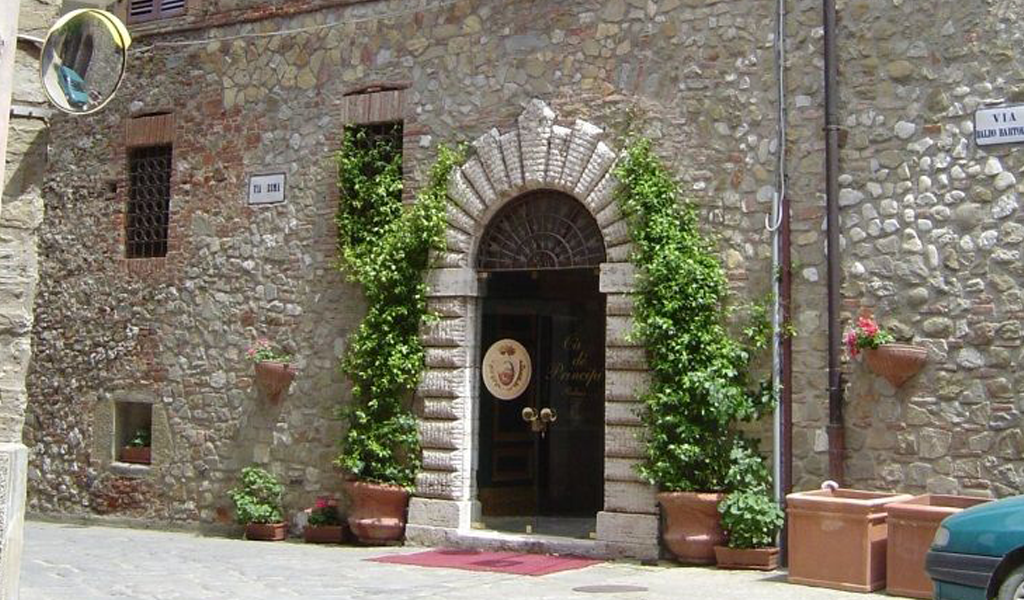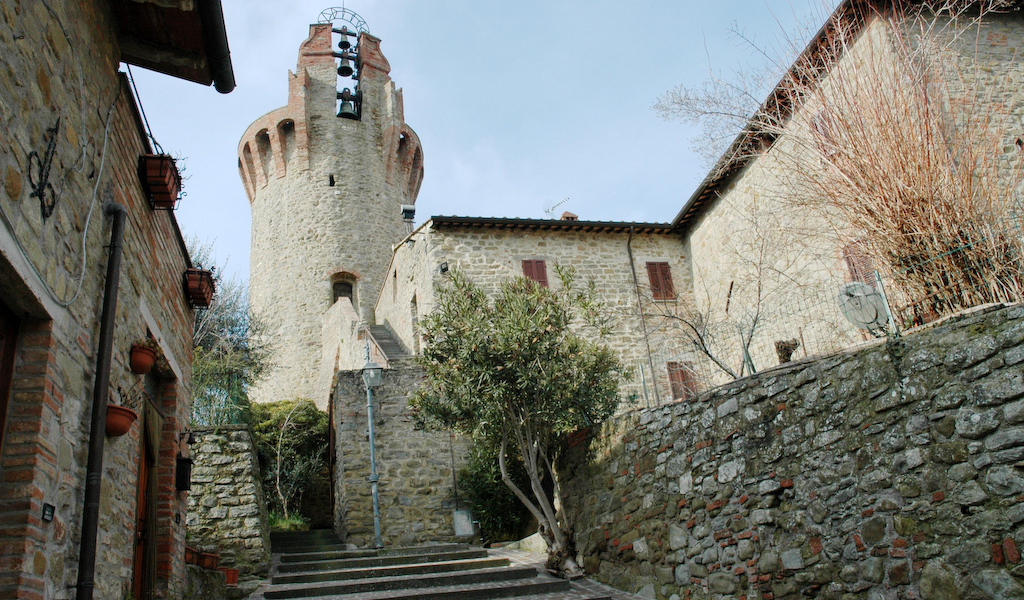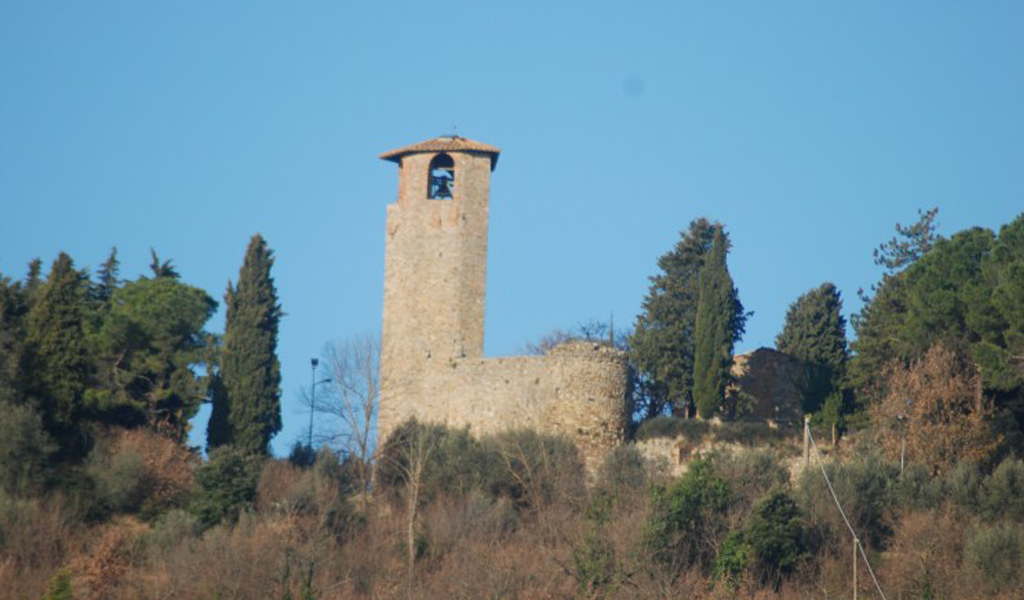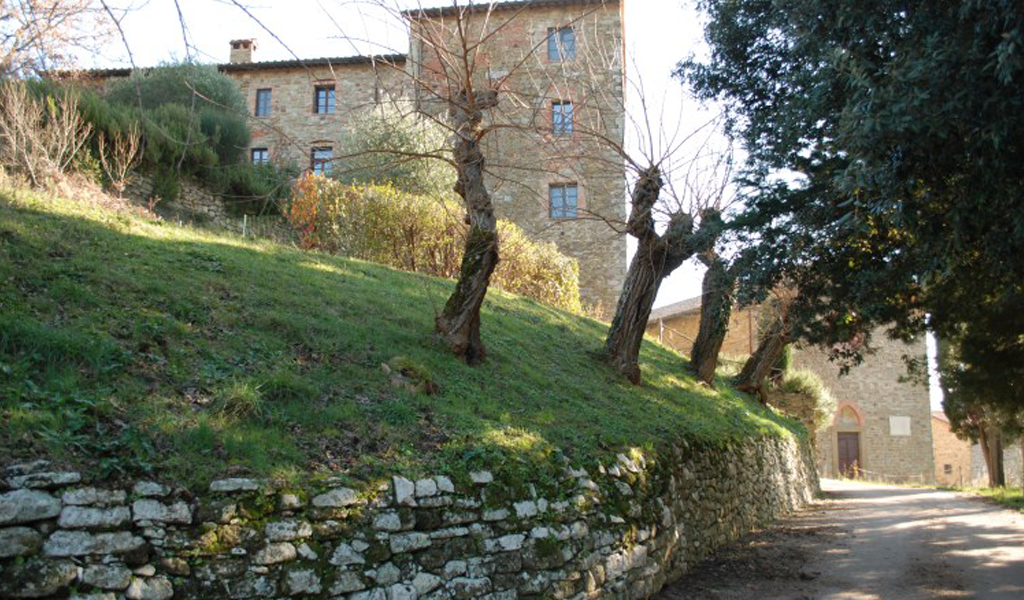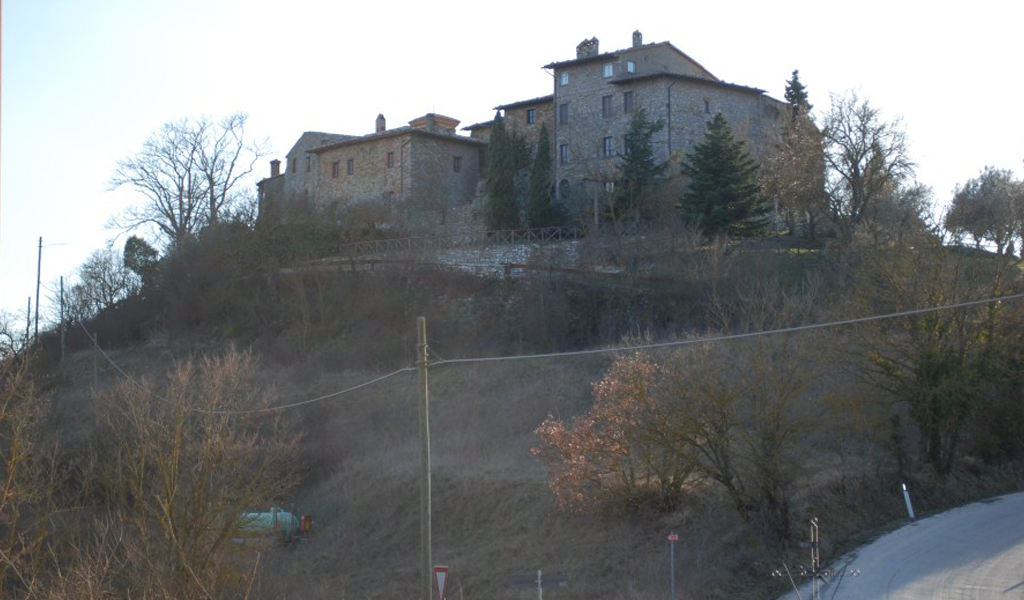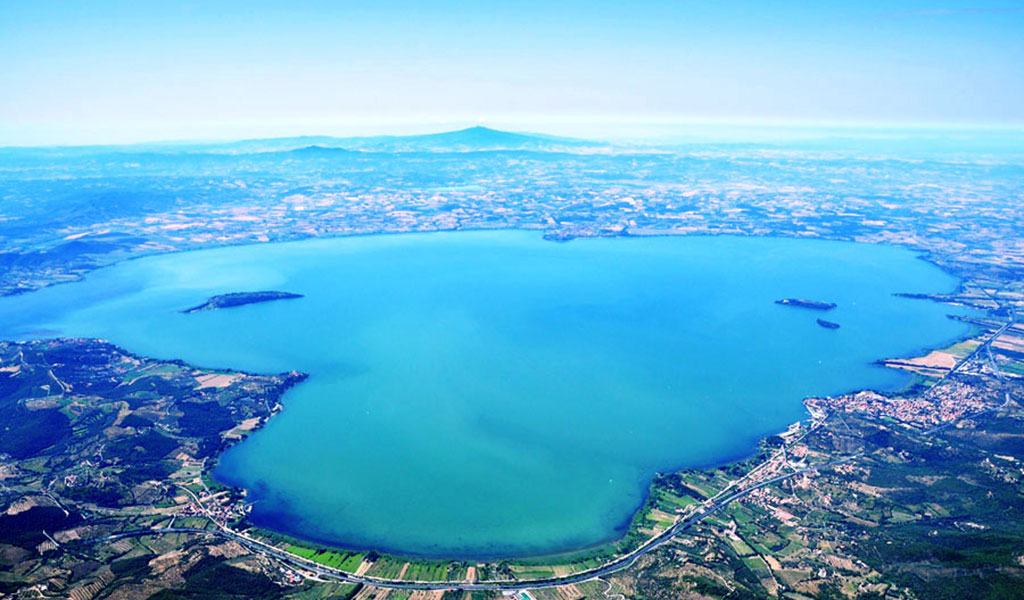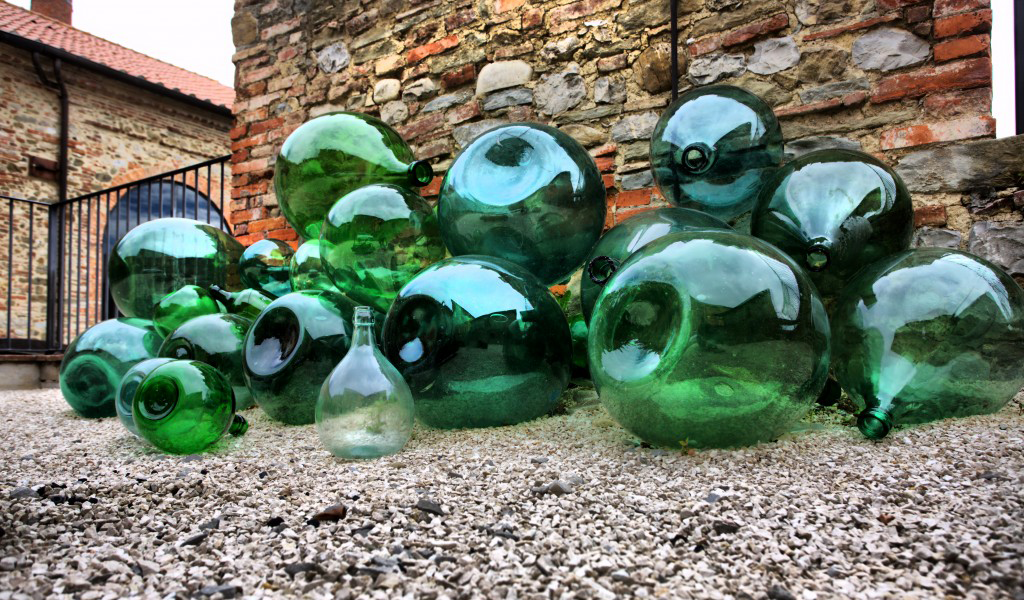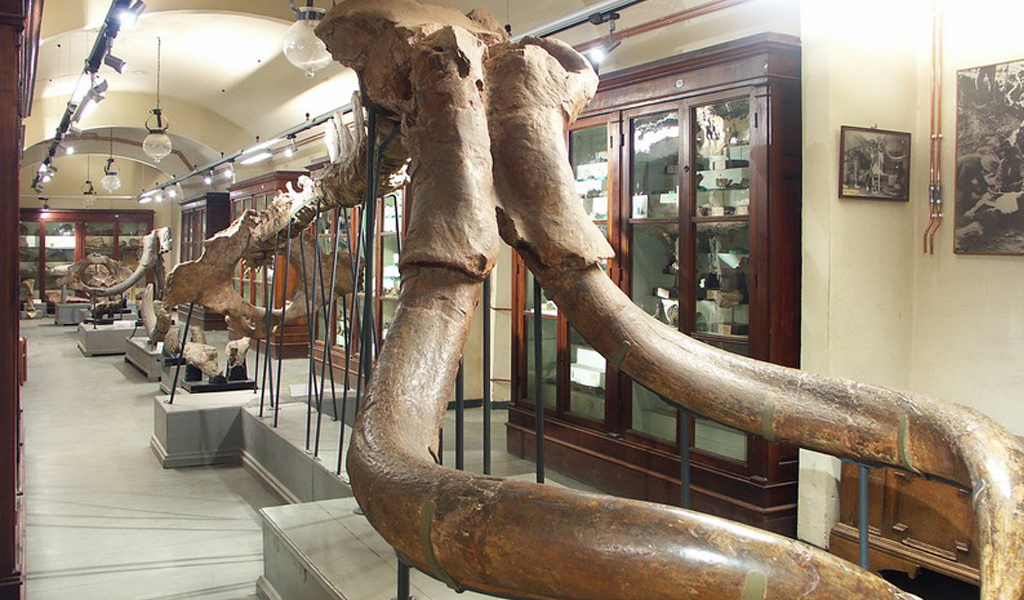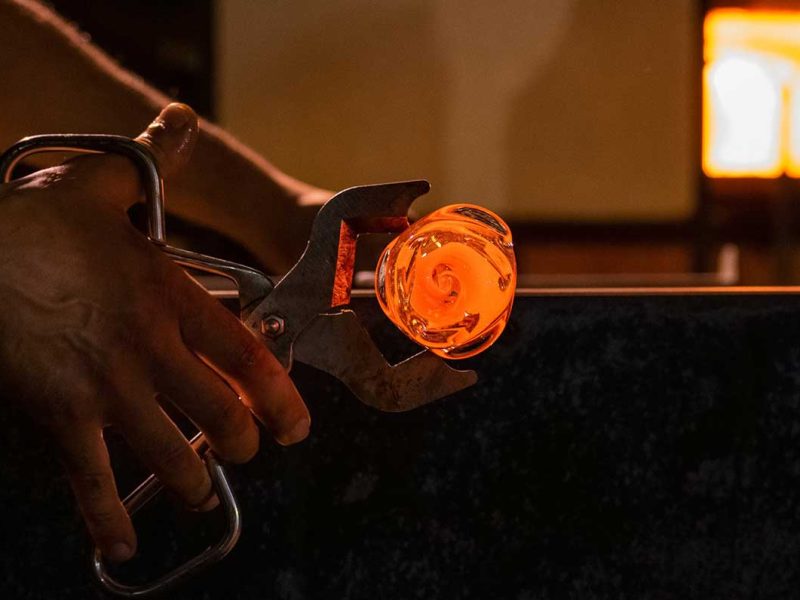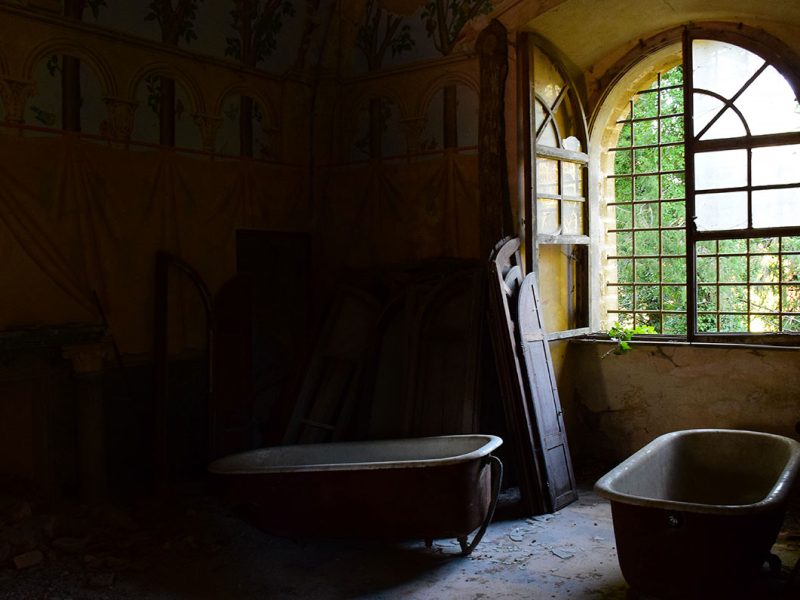Piegaro
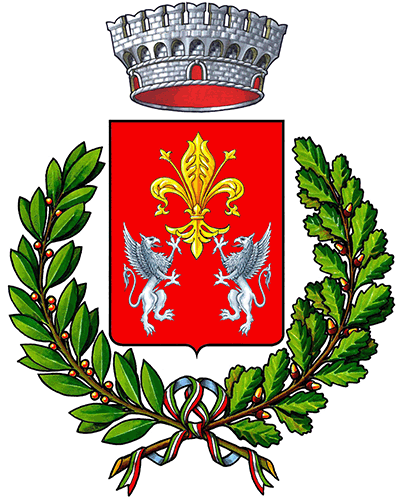
PROVINCE:
Perugia
WEB:
For tourist information:
Ufficio IAT di Castiglione del Lago
Piazza Mazzini 10 – Castiglione del Lago
Tel: +390759652484 | +390759652738
Piegaro
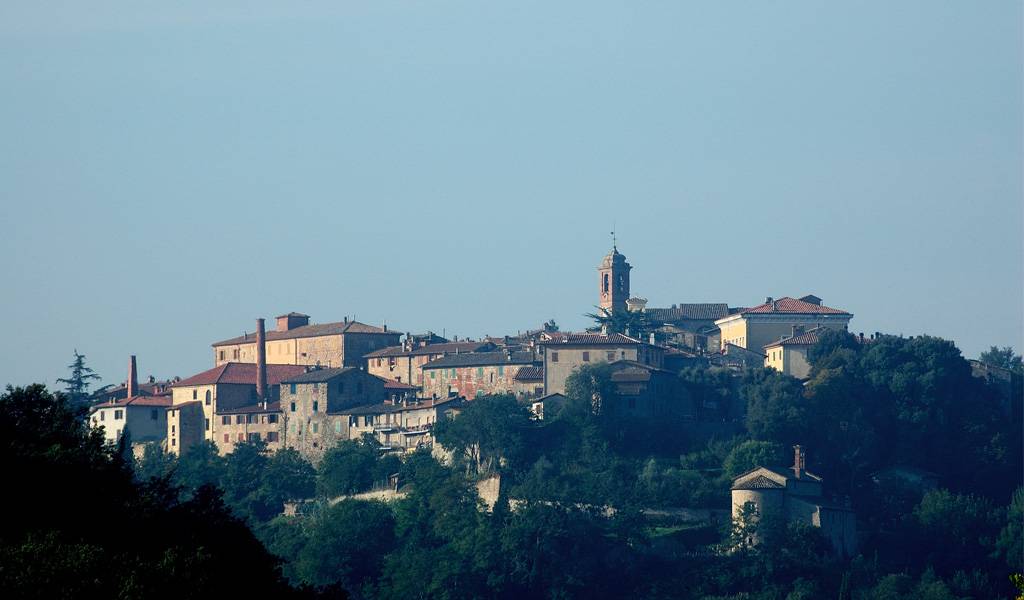
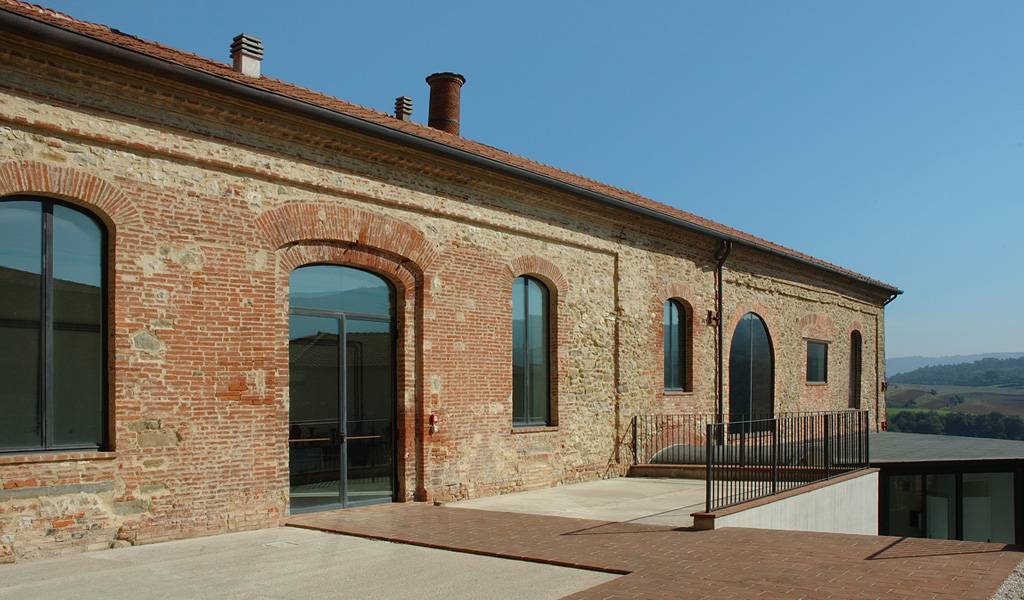
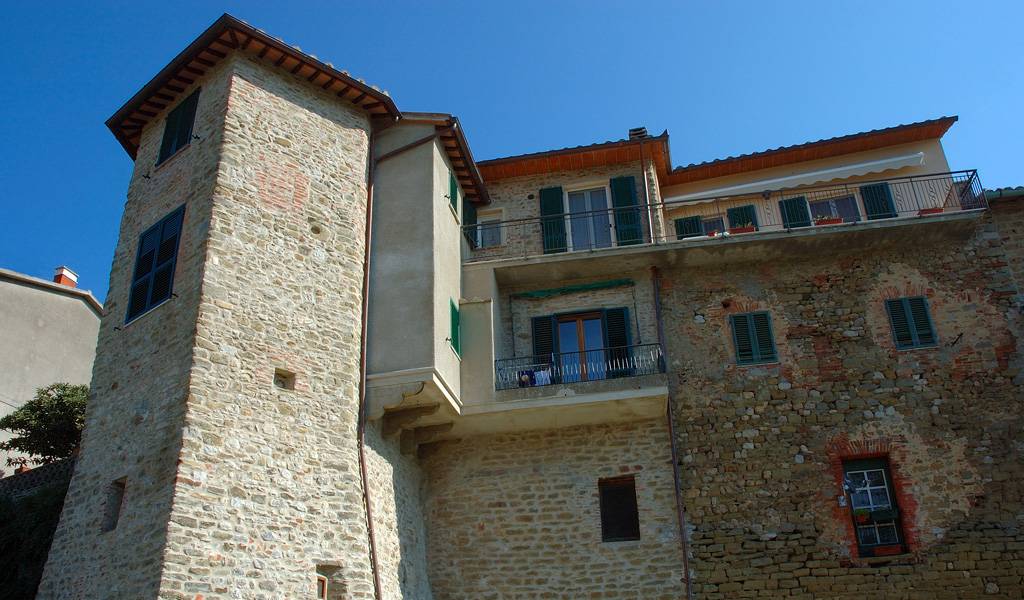
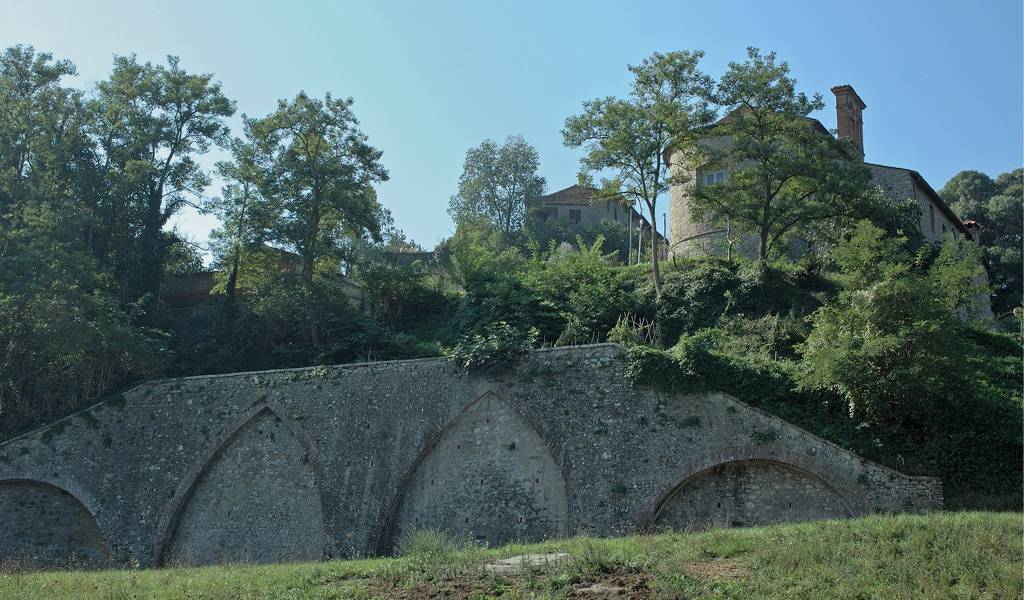
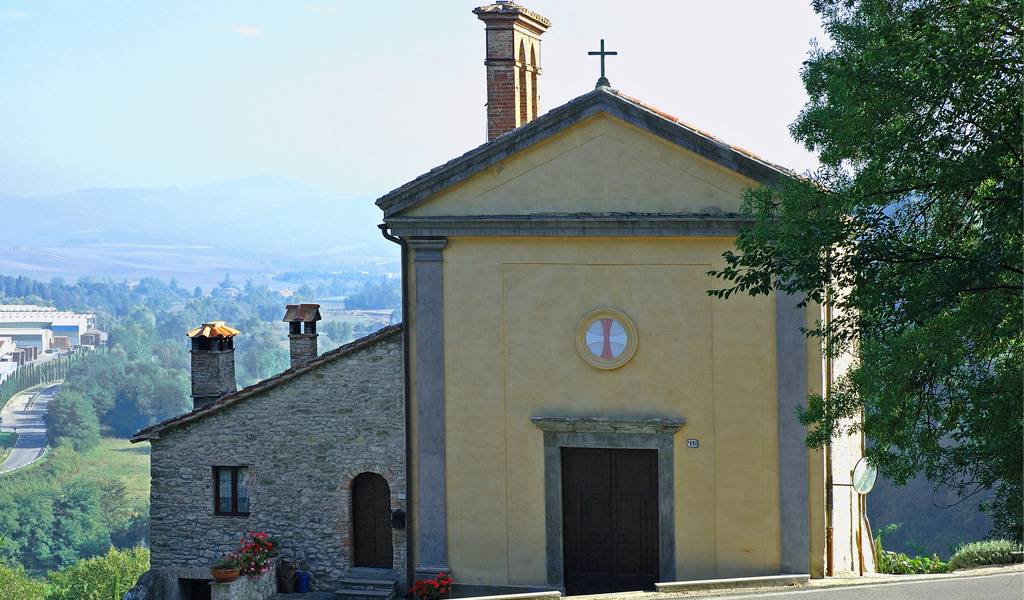
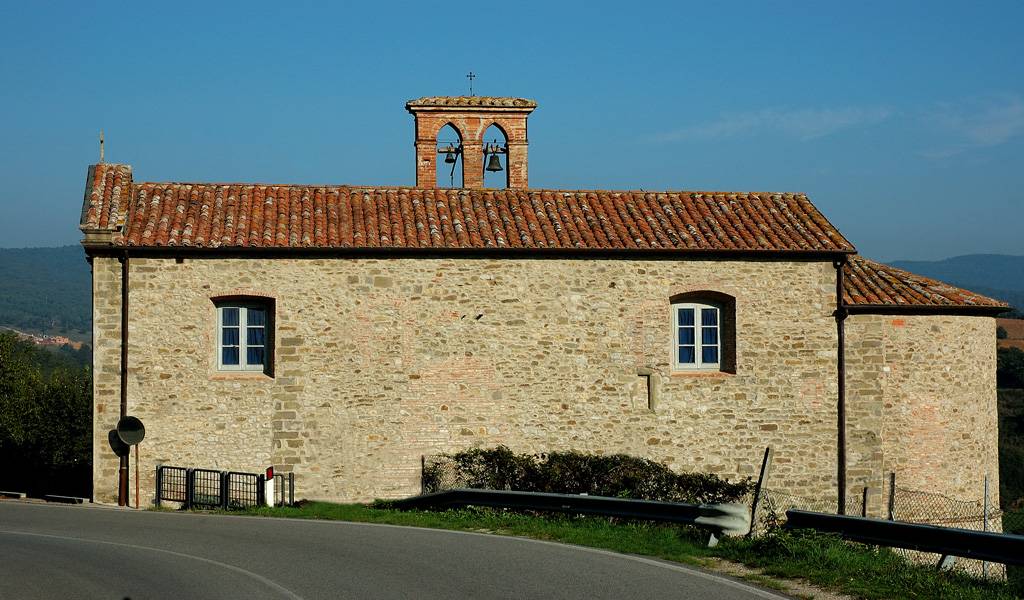

ACQUASPARTA è ISCRITTA A:
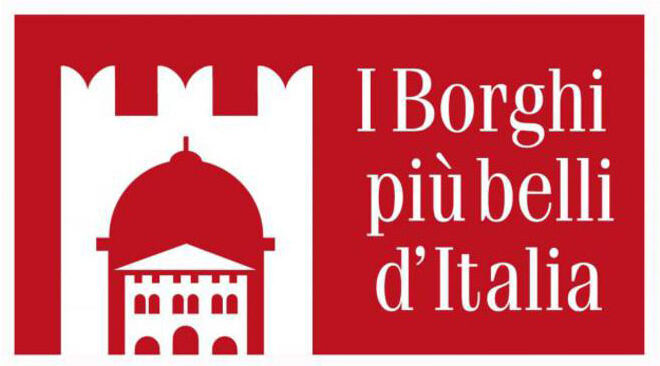

discovering the village
Nestled among the rolling Umbrian hills, Piegaro is a charming medieval village immersed in the woods of oaks, chestnut trees and holm oaks, in a panoramic position between Lake Trasimeno and Città della Pieve. Its name could derive from the folds of the hilly territory that surrounds it, marked by the course of the Nestore river and dominated by Monte Arale (853 m above sea level), the highest relief in the area.
The origins of Piegaro are rooted in legend: it is said that it was founded by Pico Graio, son of the god Saturn, transformed by Circe into a green woodpecker. More specifically, the foundation dates back to 290 BC, in Roman times. In the following centuries, the village was contested by important noble families such as the Montemarte, the Filippeschi and the Conti Burgarelli, before becoming a free municipality in 1295 and then subjecting itself to Perugia.
The historic heart of the town preserves the medieval walls, the towers and the suggestive fortified center, dominated by the church of San Silvestro. Documented since 1275 but probably older, it was rebuilt in the 19th century. Inside you can admire works from the 16th and 17th centuries, including a Virgin and Child with Saints Sebastian and Rocco, a miraculous wooden crucifix and a canvas depicting the Emperor Constantine. Just outside the walls stands the charming 16th-century church of the Madonna della Crocetta.
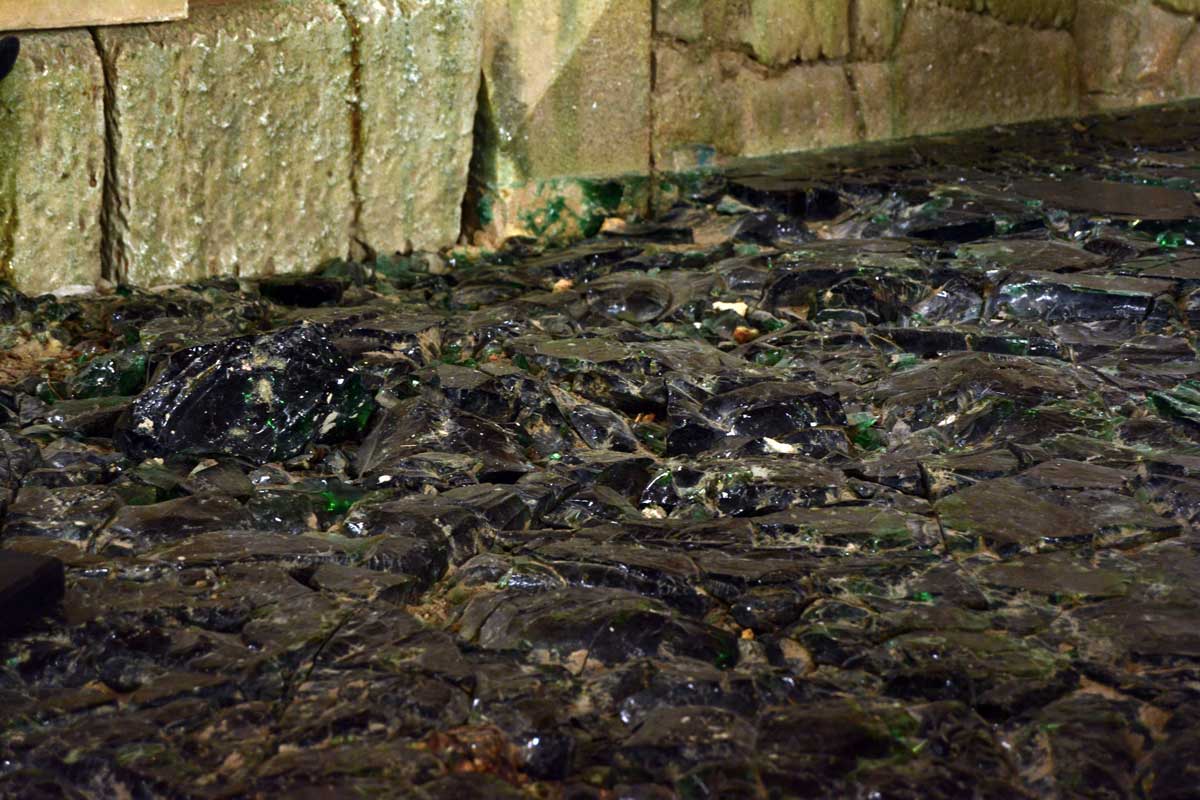
Piegaro is proud of its centuries-old tradition of glassmaking, started in the late 13th century by a community of Venetian glass masters who settled here after the forced transfer of the furnaces to Murano (1292). The wood from the local forests provided fuel for the furnaces, fueling a craft that in 1310 was the protagonist of the creation of the stained glass windows of the transept and apse of the Cathedral of Orvieto. After a period of decline, the art flourished again in the 16th century and then experienced a new impetus in the 20th century when, in 1941, a modern glassworks was built, capable of producing up to 20,000 flasks a day. Today the building houses the Glass Museum, a fascinating testimony to industrial archaeology, where it is possible to visit the old furnaces, the chimney and an impressive flow of glass still visible in the melting basin.
In the surroundings of Piegaro there are fortified villages and places of great historical and naturalistic interest. In Pietrafitta, a town known for its lignite mines exploited until the 1990s, you can visit the Luigi Boldrini Paleontological Museum, which houses an extraordinary collection of Pleistocene fossils: elephants, deer, rhinoceroses and even a new species, the megaloceros boldrini. Also in Pietrafitta is the Abbey of the Seven Brothers (11th century), fortified in the Middle Ages and frescoed in the 16th century commissioned by Cardinal Fulvio della Corgna.
Also worth a visit are the villages of Castiglion Fosco, with its imposing cylindrical tower and the church of Santa Croce; Cibottola, with its elegant heptagonal tower and the remains of the convent of San Bartolomeo, linked to the Franciscan tradition; Gaiche, once a small autonomous republic, with its 14th-century castle and the oratory of San Bernardino; and finally, Greppolischieto, a fortified village and now a private residence, immersed in the quiet of the woods, with the church of San Lorenzo.
With a surface area of approximately 99 km² and a population of 3,800 inhabitants, Piegaro is today part of the mountain community of Monti del Trasimeno.

